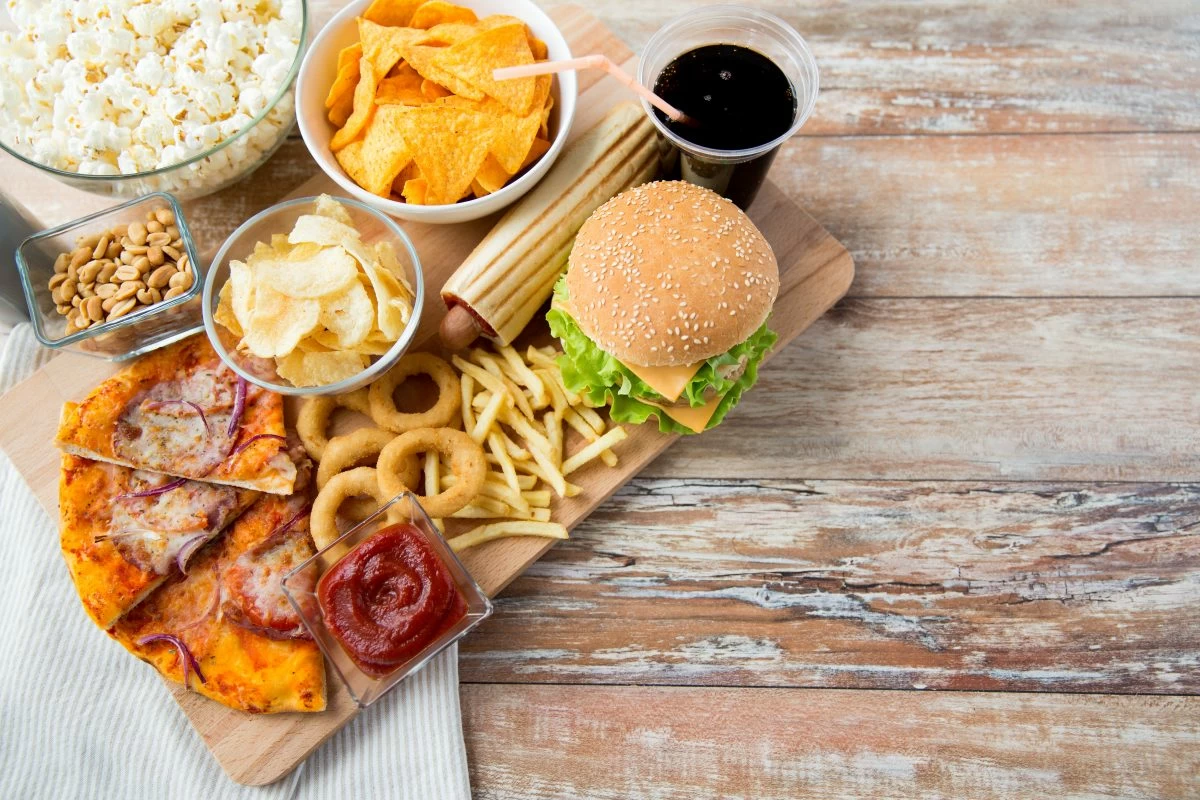In episode 119 of his video series, Dr. Larson discusses:
One of the most common reasons why people come to see me is that they want to lose weight. They might have other health issues, but, weight loss is often one of their goals. We often have to individualize a fat loss plan because things are different from person to person. When we think of a health goal or objective; we frame it from that vantage point. Then, we devise a strategy and then the steps to get there. So if weight loss is the objective; the strategy is hormone balancing. And the chief hormone is insulin. There are a lot of other hormones at work. In fact, the endocrine and hormone system have to work in synchronicity for things to operate correctly.
It isn’t really “weight loss” that we want to target, rather fat burning is the objective. To create fat burning, we have to get a hold of insulin, which leads us to step number one on the list – to get rid of sugar. When there is fat accumulation, that means there has been a spillover of blood sugar into the system. That is the physiological basis of how fat storage works. So to target fat burning, we have to stop sugar in the diet and decrease blood sugar to prevent fat storage. So you have to watch your labels and make sure that the top three ingredients aren’t sugar. It doesn’t matter what kind of sugar it is; eliminate it even if it is ‘organic cane sugar’. And for certain individuals, you have to press on the carbs even more. If they are more advanced in sugar dysregulation, they might even have to drop eating fruit, which can add sugar to your diet and prevent fat burning.
Secondly, we want to eliminate snacking. The food industry deserves an A+ in their marketing efforts that ‘teach’ us we need multiple snacks per day. There is no physiological basis for that notion. Every time you consume foods; it causes a rush of insulin, which shuts off fat burning. To get insulin low, we want to have no snacking in between meals. Even if it is healthy food; in low insulin periods, you can be burning fat for fuel. And that only happens when insulin is suppressed. The food industry has done a great job getting you on the food rollercoaster.
The third step is to balance a period of eating with the same period of fasting. An equal window of a fasting period is like 12-hour eating, followed by 12-hour fasting. Human’s bodies are set up for periods of fasting and eating. The research shows that people are eating 18-hours a day with a very short fasting period in between – basically just sleeping. And the body can’t handle it, which is why there is such a spillover forcing the body to do something with it.
The fourth step is to see if you can increase the fasting window since fat burning and insulin control is a key strategy. There is no other weight loss that we care about besides fat loss. Although weight loss is what people think the objective is, if you are just losing water, then that is not targeting the objective. The key target is to get to fat burning. So increasing your 12-hour window to more like 14 hours or 16 hours, will increase your fat burning and lead to a loss. The best and fastest way to burn calories is to increase your fasting period. If you can increase your fasting; it is like you are dropping one meal a day.
You can still have coffee and tea, but you don’t want to have any real caloric food, particularly if you have a certain amount of body fat where your waist is more than twice your height. To determine your body fat, you can do a waist to height ratio. If it is .5 or more, then fat burning is a really important thing. If you have a 36-inch waist and you are 70-inches tall, that is a risk factor for cardiovascular disease. Overall, if your ratio is more than .5, we want to try to increase the fasting period to decrease your risk factors for disease and illness.
DR. CHAD LARSON
The fasting can be done one day a week, or if your physiology is such that you can take it, then two fasting periods a week might be a good idea. As long as you stay hydrated, and you don’t have any other health issues; you should not have any problems. If you do steps one through four, then you are creating a situation where you will lose fat quickly. Going dinner to dinner is a great way to do a 24-hr fast so that you aren’t missing a day of eating. It is a 24-hr fast, but you aren’t going without eating for an entire day. I have heard from people (and my own experience) that it gets much easier to do it over time. And you will find that your body is adapted to do fasting if you can get over the mental part of it. Drop sugar, drop snacking, fasting for a balanced period, and then increasing that fasting period to 14, 16, 24-hour windows, is the best way to meet your fat loss objective. That is the best way to get your body into fat-burning mode. Until next time, keep it real.







